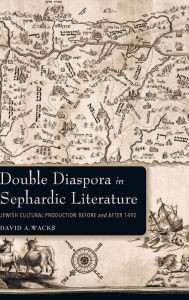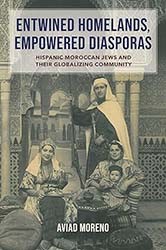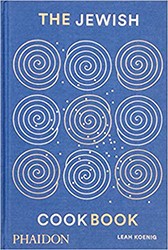By
– August 29, 2011
Five studies are collected here, two of which appeared previously in other languages. The focus is on a combination of historical issues that have all been neglected until recently. The history of families and of children is a relatively new field, and the history of Ashkenazic Jews is much better studied than that of other Jewish groups. Even the early modern period has only come into its own in recent decades as a period of intense and creative historical study. Appropriately, the articles in Sephardi Family Life are all fascinating, drawing on a range of source materials (Halakhic responsa, Inquisition records, communal archives) and disciplinary approaches.
The volume explores the lives of Jews who were expelled from Spain in 1492, and their descendants. The two primary diasporas that emerged were in the eastern basin of the Mediterranean, and in Western Europe (primarily Holland, but also Italy and Germany). The volume deals separately with each diaspora, reflecting the deep differences that developed between them. The lives of ordinary people, especially women and children, emerge from these articles in flashes of clarity, allowing the reader glimpses of what is usually lost to historical memory.
The volume explores the lives of Jews who were expelled from Spain in 1492, and their descendants. The two primary diasporas that emerged were in the eastern basin of the Mediterranean, and in Western Europe (primarily Holland, but also Italy and Germany). The volume deals separately with each diaspora, reflecting the deep differences that developed between them. The lives of ordinary people, especially women and children, emerge from these articles in flashes of clarity, allowing the reader glimpses of what is usually lost to historical memory.
Pinchas Roth (PR) is a post-doctoral fellow at Ben Gurion University of the Negev.





